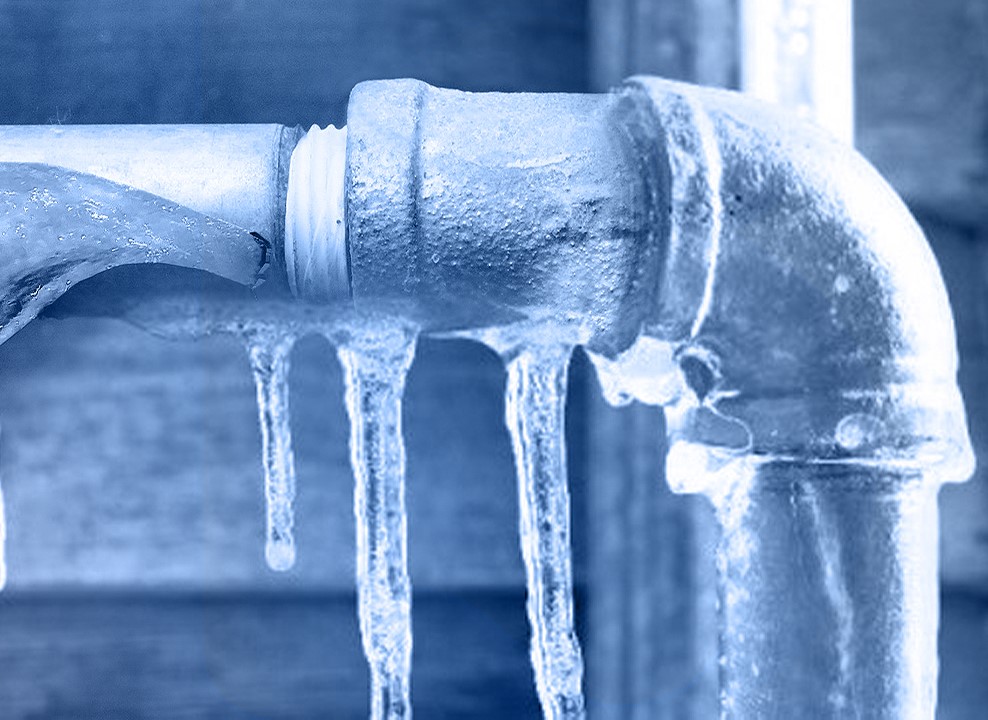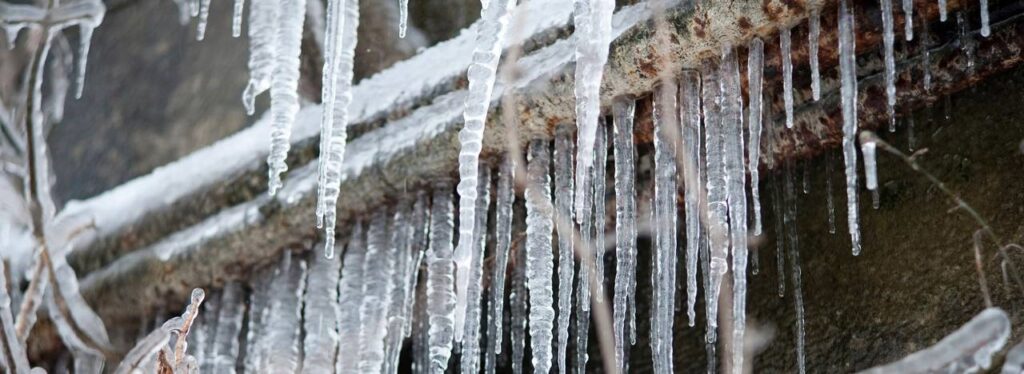Crucial Advice to Protect Against Frozen Plumbing in Cold Weather
Crucial Advice to Protect Against Frozen Plumbing in Cold Weather
Blog Article
Are you searching for resources concerning Winter Plumbing Precautions: Preventing Frozen Pipes?

Winter can wreak havoc on your pipes, particularly by freezing pipelines. Right here's just how to avoid it from taking place and what to do if it does.
Introduction
As temperatures decline, the danger of icy pipelines increases, possibly causing costly repair services and water damage. Understanding just how to stop icy pipelines is important for homeowners in cold climates.
Comprehending Frozen Pipes
What causes pipes to ice up?
Pipes freeze when subjected to temperatures listed below 32 ° F (0 ° C) for extended periods. As water inside the pipelines ices up, it expands, putting pressure on the pipe walls and potentially triggering them to break.
Threats and problems
Icy pipelines can bring about water system disturbances, residential or commercial property damage, and pricey repair work. Burst pipes can flood homes and cause extensive architectural damages.
Indicators of Frozen Water Lines
Recognizing frozen pipelines early can prevent them from bursting.
Exactly how to determine icy pipelines
Try to find decreased water flow from faucets, uncommon smells or noises from pipes, and visible frost on exposed pipelines.
Avoidance Tips
Insulating at risk pipes
Cover pipelines in insulation sleeves or make use of warmth tape to shield them from freezing temperature levels. Concentrate on pipes in unheated or external locations of the home.
Heating techniques
Keep interior spaces properly warmed, particularly locations with pipes. Open up cabinet doors to enable warm air to circulate around pipes under sinks.
Shielding Exterior Plumbing
Yard tubes and outside faucets
Detach and drain garden pipes before winter season. Set up frost-proof faucets or cover exterior taps with protected caps.
What to Do If Your Pipes Freeze
Immediate activities to take
If you believe frozen pipes, maintain faucets available to alleviate pressure as the ice melts. Utilize a hairdryer or towels soaked in warm water to thaw pipes gradually.
Long-Term Solutions
Structural changes
Think about rerouting pipes far from exterior walls or unheated locations. Include extra insulation to attic rooms, cellars, and crawl spaces.
Upgrading insulation
Buy top quality insulation for pipes, attic rooms, and walls. Appropriate insulation helps preserve regular temperatures and reduces the danger of icy pipes.
Final thought
Avoiding icy pipelines needs aggressive actions and quick reactions. By understanding the causes, indicators, and safety nets, homeowners can secure their pipes during cold weather.
5 Ways to Prevent Frozen Pipes
Drain Outdoor Faucets and Disconnect Hoses
First, close the shut-off valve that controls the flow of water in the pipe to your outdoor faucet. Then, head outside to disconnect and drain your hose and open the outdoor faucet to allow the water to completely drain out of the line. Turn off the faucet when done. Finally, head back to the shut-off valve and drain the remaining water inside the pipe into a bucket or container. Additionally, if you have a home irrigation system, you should consider hiring an expert to clear the system of water each year.
Insulate Pipes
One of the best and most cost-effective methods for preventing frozen water pipes is to wrap your pipes with insulation. This is especially important for areas in your home that aren’t exposed to heat, such as an attic. We suggest using foam sleeves, which can typically be found at your local hardware store.
Keep Heat Running at 65
Your pipes are located inside your walls, and the temperature there is much colder than the rest of the house. To prevent your pipes from freezing, The Insurance Information Institute suggests that you keep your home heated to at least 65 degrees, even when traveling. You may want to invest in smart devices that can keep an eye on the temperature in your home while you’re away.
Leave Water Dripping
Moving water — even a small trickle — can prevent ice from forming inside your pipes. When freezing temps are imminent, start a drip of water from all faucets that serve exposed pipes. Leaving a few faucets running will also help relieve pressure inside the pipes and help prevent a rupture if the water inside freezes.
Open Cupboard Doors
Warm your kitchen and bathroom pipes by opening cupboards and vanities. You should also leave your interior doors ajar to help warm air circulate evenly throughout your home.

Hopefully you liked our part about Prevent Frozen Pipes . Many thanks for taking a few minutes to read through our article. Are you aware of somebody else who is looking into the topic? Do not hesitate to promote it. I love your readership.
Call Today Report this page